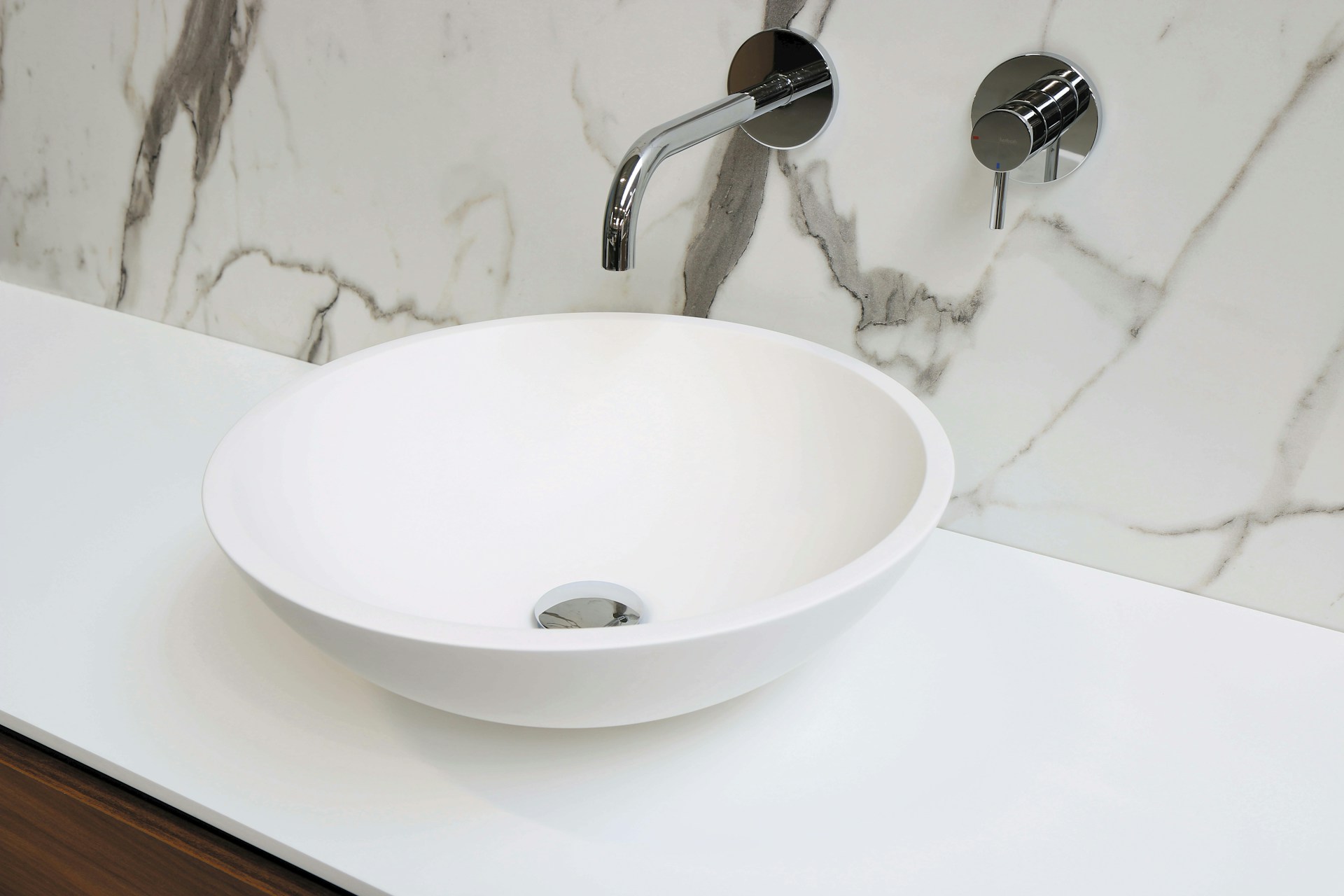A leaking sink drain in your bathroom might start as a small nuisance, but left unaddressed, it quickly becomes a bigger mess. Whether it’s a damp cabinet floor or that faint odor of mildew that creeps in over time, small leaks can do more than damage surfaces—they can lead to mold growth and even raise your water bills. In homes across Tomball, these problems are common, especially in older bathrooms where pipes and seals have gone through years of daily use.
Spotting the signs early helps you stay ahead of these issues. With reliable plumbing parts being harder to inspect without experience and the potential for water damage growing by the hour, it’s important to know what to look for and what steps to take. Understanding where the leak is coming from, why it happened, and how it can be repaired is the first step toward maintaining a clean and functional bathroom.
Common Causes Of Leaky Sink Drains
Bathroom sink drains go through wear and tear over time. Most leaks don’t come out of nowhere—they’re the result of parts that have loosened, aged, or deteriorated. If you’re dealing with a leak under your sink in Tomball, there’s a good chance one or more of these common causes is at play.
1. Worn-Out Washers and Gaskets
These small components keep seals tight between your drain parts. But after years of use, they tend to crack or flatten, allowing water to seep through.
2. Loose Pipe Connections
Over time, vibrations from water flow or slight shifts in the cabinet can cause threaded connections to loosen. A single loose fitting can drip every time the faucet is turned on.
3. Old or Corroded Piping
Metal pipes don’t last forever. Corrosion can eat through joints and walls of pipes, slowly causing leaks that might not be obvious right away.
4. Improper Installation
If a drain assembly wasn’t fitted properly to begin with, it might have always leaked slightly. Over time, this minor issue can turn into consistent dripping that damages the surrounding area.
It’s not always easy to diagnose the exact source without taking things apart. If you’re uncertain or notice signs of water damage below your sink, reaching out to our technicians is your best move.
Signs Your Sink Drain Is Leaking
No one wants to find damage under their bathroom sink out of nowhere. Thankfully, leaking sink drains leave behind a few noticeable signs—if you know what to look for.
Here are the most telling indicators:
– Water stains or swelling on the bottom of the cabinet
– Small puddles or dampness under the P-trap
– Persistent musty smell that doesn’t go away with cleaning
– Soft or warped materials surrounding the drain or drainpipe
– Dripping sound from the cabinet even when the faucet isn’t running
These signs often appear gradually. For example, if you’re constantly wiping up “condensation” below the sink, it might not be condensation at all. A small leak that keeps the area wet can go unnoticed for a long time, especially if your sink is rarely used or if the cabinet stays closed most of the time.
Ignoring these signs won’t make them go away. In fact, the longer a leak is active, the more extensive the damage can become. Cabinet floors, drywall, and even flooring near the vanity can be affected. If you suspect something’s wrong but can’t locate the exact spot, it’s time to have our professionals take a closer look.
Steps To Fix A Leaking Sink Drain
Once you’ve identified the leak, the next step is to get it fixed. Depending on the source of the issue, this process can be fairly straightforward, but it’s important to get the details right to avoid making it worse. Here are the basic steps that typically need to be followed:
1. Turn Off the Water Supply
Before doing anything, make sure the water supply valve under the sink is completely turned off. This keeps things dry and safe while inspecting the components.
2. Inspect the Sink Drain Assembly
Use a flashlight to look at the drainpipe, slip nuts, and seals. Check for stains, corrosion, or puddles to trace the leak. Dried-out rubber washers and cracked gaskets are common points of failure.
3. Replace Worn or Damaged Parts
If a washer or gasket looks worn or brittle, it needs to be swapped out. Use replacement parts that match the existing material and size so the seal is tight. If the tailpiece or drain body itself looks corroded, that section should be replaced too.
4. Reassemble and Test
Tighten all fittings by hand and then give each a small turn with a wrench if needed. Be careful not to overtighten, as that can break threads or deform seals. Once reassembled, turn on the water slowly and watch for any drips or moisture.
While these steps may sound manageable, problems can become more complicated when parts don’t fit properly or if the leak involves deeper pipes inside the wall. That’s when our professionals are needed to avoid damage from repeated attempts or overlooked problems. Especially in homes throughout Tomball with aging plumbing, expert support can save time and help prevent ongoing water damage.
Preventive Measures For Long-Term Drain Health
After a leak is repaired, it makes sense to take a few steps that can help you avoid the same issue down the road. Preventive actions don’t take much time but can play a big role in keeping your bathroom sink drains functioning smoothly.
Here’s what you can do:
– Regularly check under the sink for any signs of moisture, corrosion, or dampness
– Avoid using harsh chemicals to clear minor clogs. These products can weaken seals and cause early damage to the drain system
– Tighten loose fittings gently if you notice any movement during routine cleaning
– Don’t put unnecessary weight or objects on drain pipes under the sink, as pressure can slowly distort seals or connections
– Have a plumbing inspection every year, especially in older homes where pipes may be more worn or corroded
These simple steps reduce wear and tear and let you spot problems early. One homeowner in Tomball caught a potential leak just by noticing that the wooden floor of the cabinet under her sink felt slightly damp. It turned out a connector had come loose over time. Addressing it early avoided more serious repairs.
Why Proactive Drain Maintenance Matters
Small plumbing problems have a way of growing when ignored. A small leak today could mean mold or warped flooring tomorrow. Bathroom sink drains are used daily, and that constant activity puts ongoing pressure on every part of the system—drainpipes, washers, and joints.
When those parts wear down or go overlooked, the risk of damage increases quickly. Fixing leaks as soon as they show up and taking preventive steps afterward gives you more control and less stress. With Tomball’s changing humidity and warm-weather conditions, keeping plumbing systems dry and tightly sealed helps protect your bathroom from long-term problems.
Leaky sink drains may not seem like a big deal at first, but when you know what to watch for and take action, you keep your home running safely and smoothly. If you’re dealing with repeated leaks, signs of corrosion, or can’t pinpoint the problem, our technicians have the tools and experience to make sure it’s fixed the right way the first time.
Ensure your home remains safe and dry by addressing any plumbing issues promptly, and if you need reliable plumbing repair in Tomball, trust Tradition Services to help maintain your bathroom and prevent further damage. For a quick estimate or to book a service visit, please contact us today.

